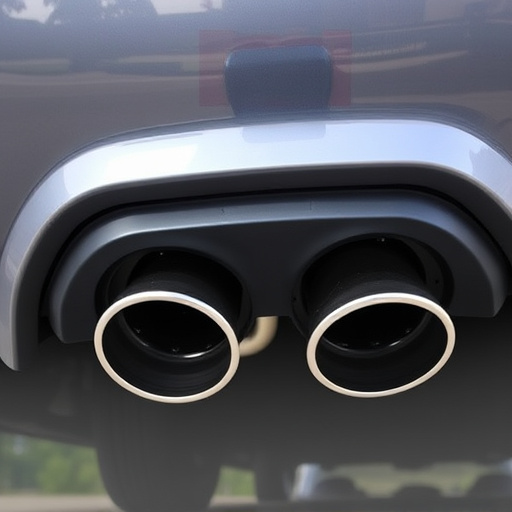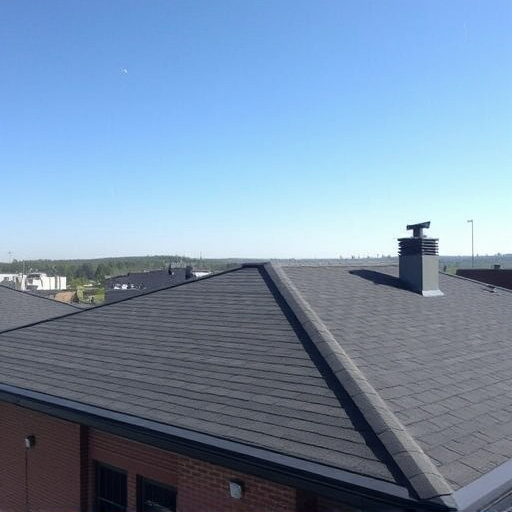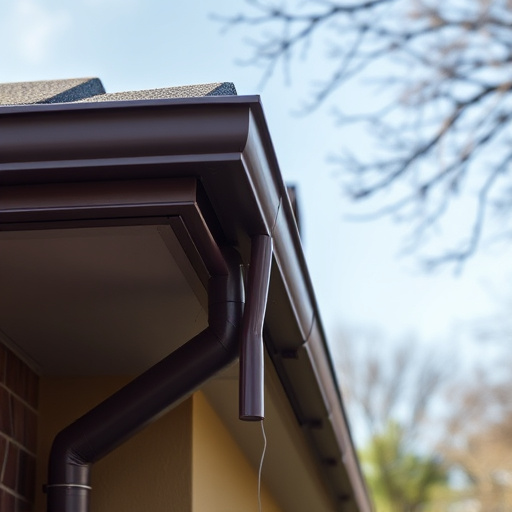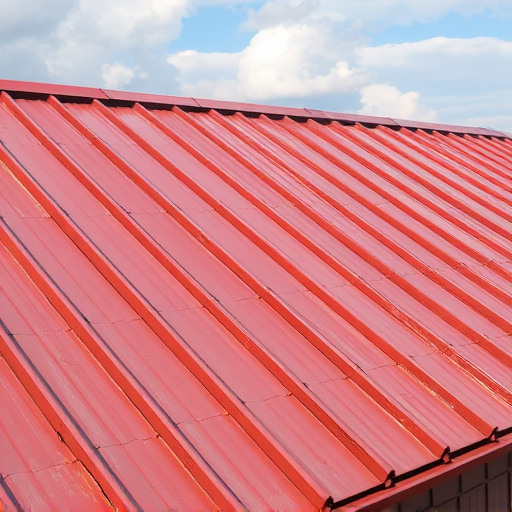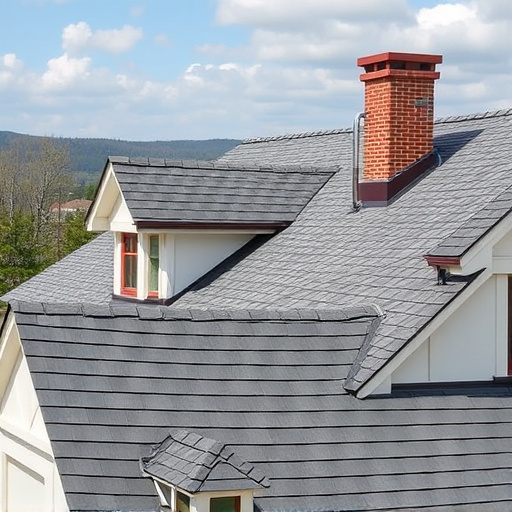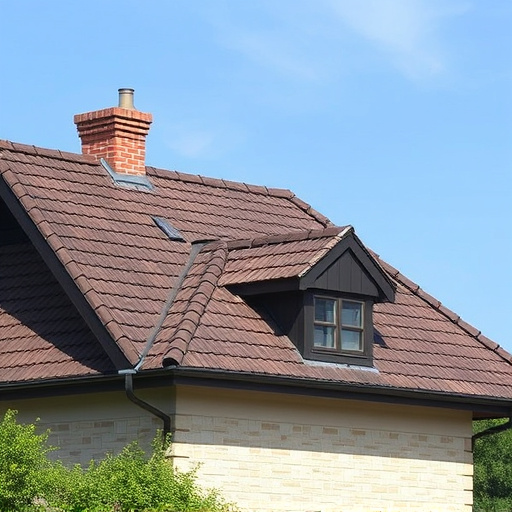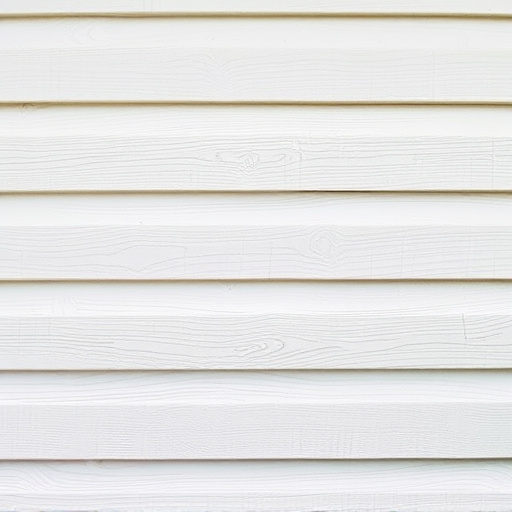Siding contractors face substantial challenges due to unpredictable weather conditions like extreme temperatures, rainfall, winds, ice, snow, and heat, which can delay projects, increase costs, and pose safety risks. To maintain productivity and client satisfaction, they must adapt work practices, employ "weather-smart" strategies such as faster installation methods in adverse conditions and use materials suitable for different climates. These tactics ensure consistent quality, durability, and top-notch service across all weather scenarios.
The weather significantly influences the work of siding contractors, impacting installation and repair jobs across various climates. From meticulous preparation for extreme conditions to adapting work strategies, these professionals must navigate unpredictable elements to ensure quality workmanship. Understanding how weather affects siding work is crucial for both contractors and homeowners alike. This article explores the direct impact of weather on siding projects, delves into challenges during extreme conditions, and offers insights into successful adaptation strategies for siding contractors.
- Understanding Weather's Direct Impact on Siding Installation and Repair
- Challenges Faced by Siding Contractors During Extreme Weather Conditions
- Adapting Work Strategies: Ensuring Quality in All Weather Situations
Understanding Weather's Direct Impact on Siding Installation and Repair
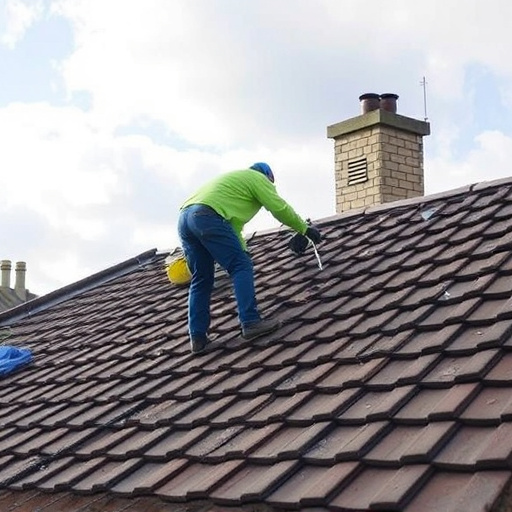
The weather plays a pivotal role in shaping the work dynamics of a siding contractor. Extreme temperatures, be it scorching heat or frigid cold, can significantly slow down installation and repair processes. In hot weather conditions, materials like vinyl and aluminum may become more rigid, making them harder to cut and install accurately. Conversely, freezing temperatures can lead to delays due to frozen ground, which hinders the placement of new siding panels.
Moreover, heavy rainfall and strong winds associated with certain weather patterns can cause damage to existing siding and gutters, increasing the workload for contractors. Siding replacement becomes necessary after severe storms or hurricanes, requiring quick response times to protect properties from further deterioration. Roofing services also often complement siding work during such events, as both systems work in tandem to safeguard homes against the elements.
Challenges Faced by Siding Contractors During Extreme Weather Conditions

Siding contractors often find themselves navigating challenging conditions when extreme weather strikes. Heavy rain and strong winds during storms can delay projects, as it becomes unsafe to work on ladders or scaffolds. Ice and snow in winter months not only hinder progress but also pose significant safety risks, making it difficult for workers to maintain a secure workspace. These unpredictable elements can cause delays, increasing costs and leading to dissatisfied clients who expect timely completion of their exterior home improvements.
Additionally, extreme heat during summers requires contractors to adapt their work practices to ensure the well-being of their team. Working with residential siding materials in such conditions demands careful handling and specific safety measures to prevent damage to both the workers and the materials. Finding suitable solutions, like implementing shaded rest areas or adjusting work schedules, is crucial for maintaining productivity while ensuring the health and safety of everyone involved in the project, providing effective home service solutions.
Adapting Work Strategies: Ensuring Quality in All Weather Situations

For a siding contractor, adapting work strategies is essential to maintaining quality standards across all weather conditions. When the sky darkens or winds pick up, skilled professionals don’t merely pause their work; they employ specific techniques tailored to the weather. During heavy rain or snow, for instance, a siding contractor might switch to faster, water-resistant installation methods to prevent delays and ensure the new siding stays secure. Similarly, in scorching heat, they’d choose materials that offer better thermal resistance, maintaining the energy efficiency of the home exterior services.
These weather-smart strategies extend beyond installation. Maintenance and repair jobs also demand unique approaches. A siding contractor may need to adjust their tools or products for dealing with moisture, extreme temperatures, or high winds. By embracing these dynamic techniques, contractors can provide top-notch home service solutions, ensuring that every residential roofing project—irrespective of the weather—meets the highest standards of quality and durability.
The weather plays a pivotal role in the work of siding contractors, with each season presenting unique challenges. From high winds and heavy rain to scorching heat and icy conditions, extreme weather can disrupt projects, impact material integrity, and pose safety hazards. Understanding these direct impacts is essential for siding professionals to adapt their strategies. By embracing flexible work methods, investing in appropriate tools and equipment, and staying informed about local weather forecasts, contractors can ensure quality installations and repairs regardless of the season. This resilience ensures customer satisfaction and maintains the reputation of the siding contractor as a reliable, adaptable expert in their field.




